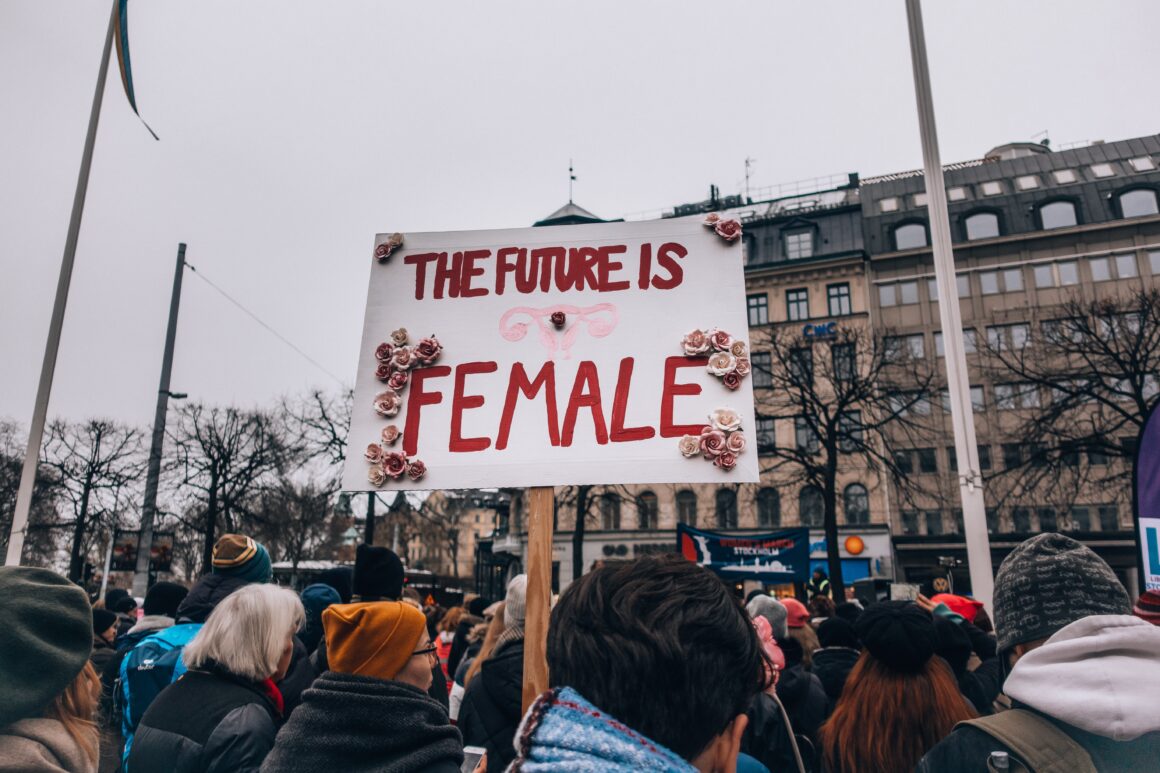“[W]hen I’m sometimes asked when will there be enough [women on the Supreme Court]? And I say ‘When there are nine.’ People are shocked. But there’d been nine men, and nobody’s ever raised a question about that.”
When struck by adversity and gender discrimination, trailblazer Ruth Bader Ginsburg fought whatever challenges were thrown her way, and always managed to resist and persist. As the second woman appointed as a Supreme Court Justice, following Sandra Day O’Connor, Bader Ginsburg has defied feminist history all while being an important female force.
Born into a Jewish family living in Brooklyn, New York, at the height of the Great Depression in 1933, Joan Ruth Bader was a natural hard worker and an intelligent young woman. She had always excelled in school, which led her to be the valedictorian at James Madison High School. The day before her high school graduation, Bader’s mother passed away from cancer. Despite the difficulties that affected Bader in her early years, she went on to study law at Cornell University, and (yet again) graduated with the title of class valedictorian in 1954, all while meeting and marrying her husband, Martin Ginsburg.
Through juggling her husband’s enrollment into the military, his sickness, and caring for their first child, the now Bader Ginsburg enrolled into Harvard University’s Law school, where she was one of the nine females in the male-dominated class of 500. Bader made local history when she became the first female staff member of the Harvard Law Review. She eventually finished her degree at Columbia Law school in 1959. While her colleagues and authoritative figures ridiculed and “chastised” her at both universities, Bader Ginsburg remained concentrated and focused on her studies, which paid off greatly in the end.
Sifting through the gender-based prejudice she had to ensue, Bader Ginsburg, after clerking for a local district judge and a teacher at both Rutgers University and Columbia University, was the director of the Women’s Rights Project of the American Civil Liberty Union. She led the ACLU (American Civil Liberties Union) in many legal battles during the 1970’s, which many appeared in front of the Supreme Court. Without Ginsburg and her efforts, many “landmark” cases that shape modern America would not be relevant today.
Because of her triumph within the justice system, in 1980 she was inducted into the U.S. Court of Appeals by President Jimmy Carter, and was appointed into the Supreme Court as a Justice by President Bill Clinton in 1993.
In the United States v Virginia case, which eventually led the Supreme Court to destroy any law that denies women “simply because they are women,” Bader Ginsburg led the majority vote which argued that the Virginia Military Institute did not offer any equal education for women, for it was an all men’s school. Bader Ginsburg was also a driving force behind the historic Obergefell v. Hodges case that allowed same-sex marriage legal nationwide.
Bader Ginsburg and her amazing intentions have gained her titles such as “Woman of the Year” and the outstanding recognition as a Supreme Court Justice warrior. Without her determination and dissension, the nation would not be what it is today, and women may not have the same rights that we, as humans, deserve.



Comments are closed.